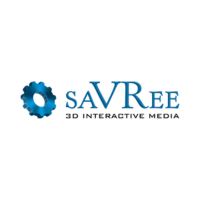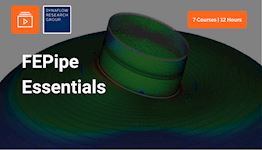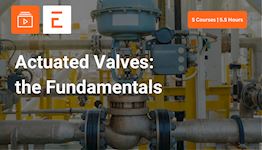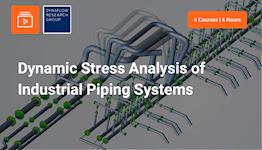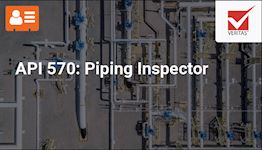Nuclear Power Plant Machinery
Why take this course?
This self-paced course introduces the core machinery of nuclear power plants, covering reactor pressure vessels, steam generators, and the evolution from Generation I to IV designs. Using 3D models and detailed narration, it explains reactor types, components, safety, and maintenance. The course includes video lectures, quizzes, and awards a certificate with PDH credits.
What you'll learn
After this course, you...
• will be able to describe how various nuclear power plant machines work
• understand common nuclear power plant designs
• are familiar with a Pressurized Water Reactor (PWR) and the components within
• know how to solve real-world problems within a nuclear power plant
• have developed a strong foundation for further study within the field of nuclear engineering
About the course
What is a reactor pressure vessel? What are the principal features of the Steam Generator? What are the differences between Generation I and IV plant designs? Allow this course to show you the principles of operation, design, maintenance, and safety for machinery within nuclear power plants.
In this Self-Paced course 3-D models are used to take participants through a nuclear power plant, the different types of reactors are shown, and the components within a pressurized water reactor are explained. This course provides the detail level needed for engineers and decision-makers starting out in the nuclear industry.
This course consists of 2hr of video content based on 3-D models of a nuclear power station featuring detailed narration by the instructor and cutaways of the internals of the components.
Who should attend this course
• This course is designed for engineers, technicians, and other professionals who are interested in learning about nuclear power plant machinery.Prerequisites
• Students should already be familiar with terms such as 'fission', 'chain reaction', and 'radiation'.Program & Details
-
Welcome
1. Welcome & Your instructor
2. Content overview
3. How to use this course -
Nuclear Power Plants
1. Reactor Designs
2. Generations 1-4 -
Pressurized Water Reactor (PWR) Power Plant
1. PWR General Overview
-
PWR Nuclear Side
1. Reactor
2. Fuel
3. Legs, Tcold, Thot, and Feedwater
4. Reactor Coolant Pump (RCP)
5. Pressurizer
6. Steam Generator(SG)
7. Control Rods
8. Boron
9. Containment Building (The Can) -
PWR Conventional Side
1. Conventional Side Overview
-
Final Thoughts
1. Final Thoughts
2. Quiz -
Optional Lessons
1. How Boiling Water Reactors Work
2. How Steam Condensers Work
3. How Deareators Work
4. How Natural Draft Cooling Towers Work
5. Synchronous Generators Explained
6. How Electrical Transformers Work
7. Electrical Substations Explained (Part 1)
8. Electrical Substations Explained (Part 2) -
Final Notes & Certificate
1. Congratulations
2. Course evaluation survey
3. Your Personal Certificate
Certification
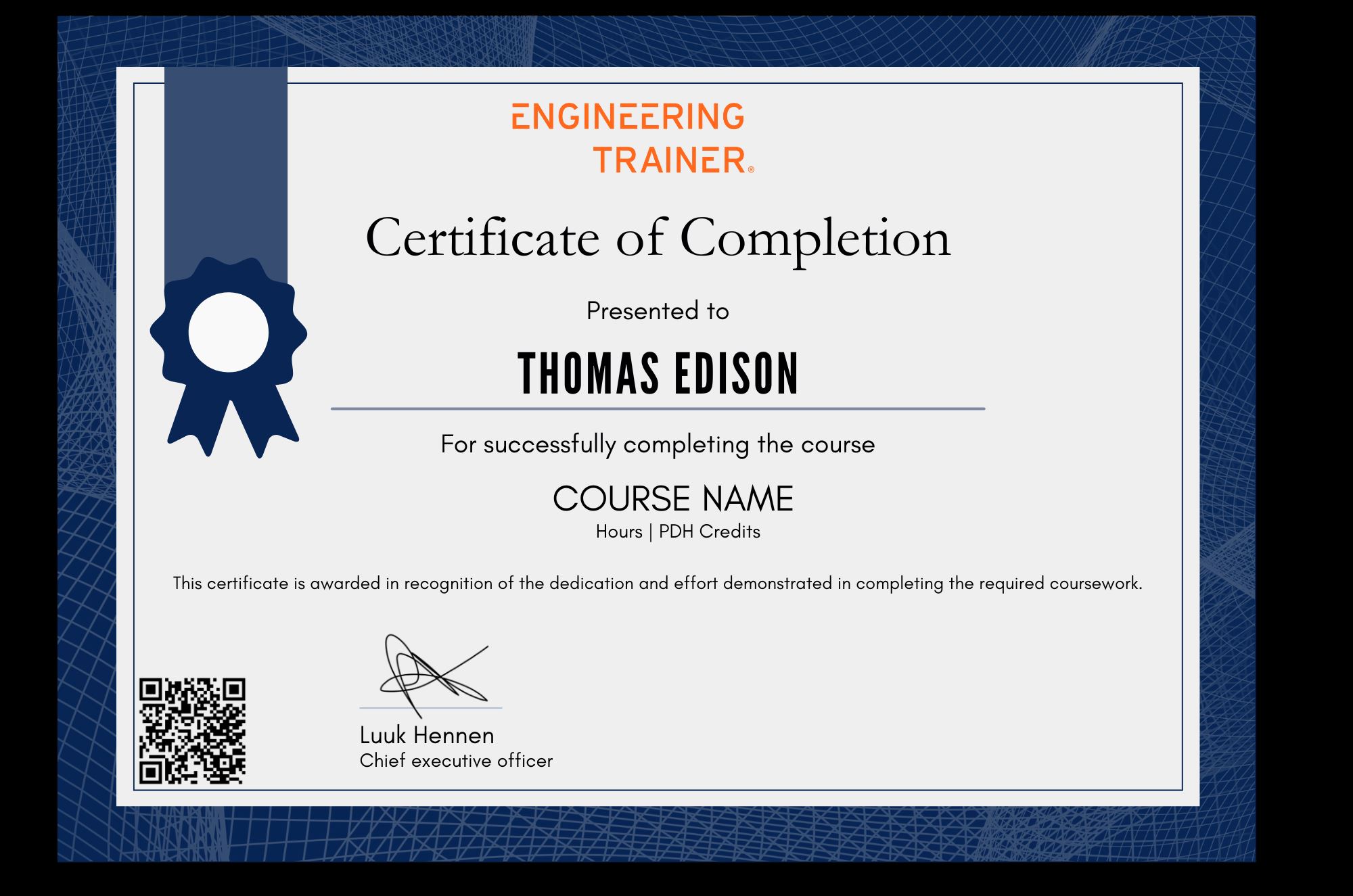

Why choose EngineeringTrainer
-
Unlimited Team-wide Access
-
Advance Technical Competences
-
Courses by Industry Authorities
Since using EngineeringTrainer our internal mentorship has a much more matured character.
Logan Chapman - COO at Chapman Consulting Inc.



